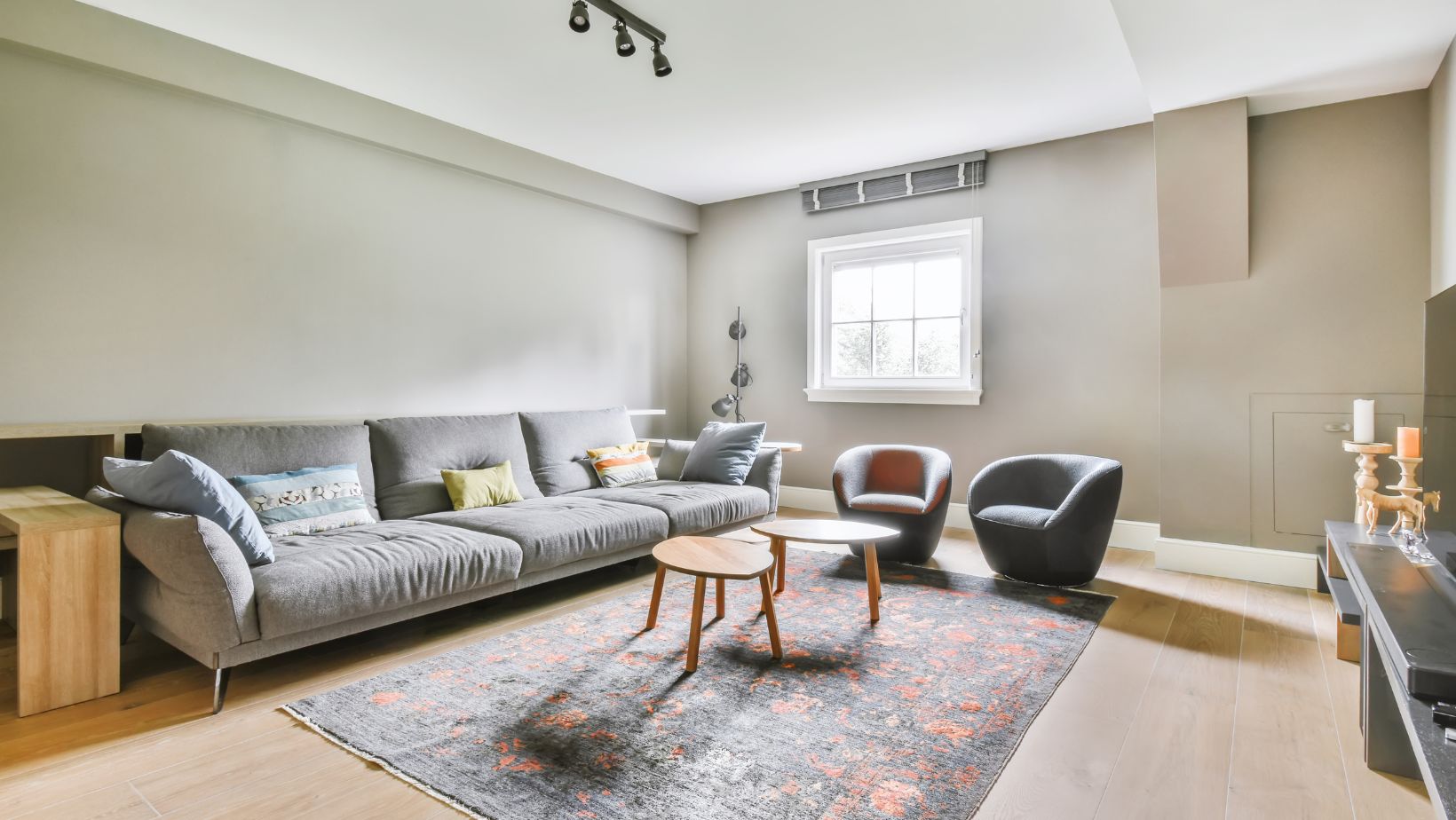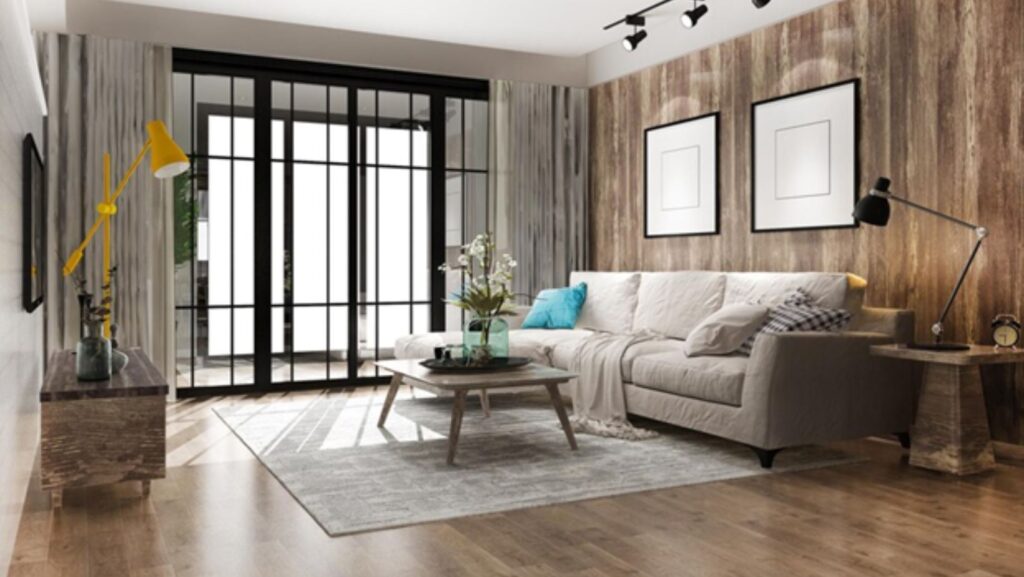The living room is the heart of the home, serving as a space for relaxation, socializing, and entertainment. Designing a stunning living room is about more than just choosing attractive furniture and decor—it’s about creating a comfortable, functional, and visually cohesive space that reflects your style. Whether you’re starting from scratch or looking to refresh your current layout, incorporating the right elements can elevate your living room to new levels of elegance and comfort.
Here are essential design tips to help you create a living room that is not only beautiful but also practical and inviting.
Start with a Strong Focal Point
Every living room needs a focal point that anchors the space and draws attention. Common focal points include fireplaces, large windows with a view, or a bold piece of artwork. If your living room lacks a natural focal point, you can create one by arranging furniture around a statement piece, such as a stylish coffee table, a feature wall with a striking color, or a gallery of framed photographs.
The key is to ensure that the rest of your room’s decor complements this focal point without competing with it. Once you’ve established the focal point, arrange your seating and furniture in a way that directs attention to this area, making it the highlight of the room.
Choose the Right Rugs
Area rugs play a key role in defining different areas within a living room while adding texture and color to the space. When choosing a rug, opt for one that complements your room’s overall aesthetic and provides durability. Selecting durable braided rugs is excellent for high-traffic areas, as they are both hard-wearing and stylish. These rugs come in various colors and patterns, allowing you to add a rustic, traditional, or even modern touch to your space.
When placing a rug in your living room, make sure it’s large enough to accommodate your seating area. Ideally, the front legs of your furniture should rest on the rug, helping to anchor the space and create a cohesive look. If your living room is on the smaller side, a well-placed rug can make it feel more expansive by drawing the eye across the floor.
Use Color Wisely
Color is one of the most powerful tools in interior design, capable of influencing mood and setting the tone for the entire room. When choosing a color palette for your living room, consider the overall atmosphere you want to create. Light, neutral tones like soft grays, beiges, and whites create a calm and airy feel, while bolder colors like navy, emerald, or deep red add drama and sophistication.

For balance, try using a 60-30-10 rule: 60% of the room should be a dominant color (often a neutral or soft shade), 30% should be a secondary color (often found in furniture or drapes), and 10% should be an accent color that adds pops of visual interest, such as throw pillows or decorative accessories.
Prioritize Comfort with Seating
Comfortable seating is essential for any living room. The type of seating you choose depends on the size of your space and your specific needs, but it’s important to provide enough seats to accommodate your family or guests. Sofas, sectionals, armchairs, and ottomans all offer different levels of comfort and style.
When selecting seating, consider both aesthetics and function. Look for pieces with durable fabrics that can withstand daily use, especially if you have pets or children. You can also layer in texture and color with throw pillows and blankets, creating a cozy, welcoming environment.
Layer Your Lighting
Lighting is a critical element in living room design. Proper lighting not only brightens the space but also enhances its mood and functionality. A well-designed living room typically has three layers of lighting: ambient, task, and accent lighting.
- Ambient lighting: This is the general lighting that illuminates the entire room. Ceiling lights, chandeliers, and recessed lighting are common sources of ambient light.
- Task lighting: Task lighting focuses on specific areas where you need extra light, such as reading corners or workspaces. Table lamps, floor lamps, and adjustable wall sconces work well for task lighting.
- Accent lighting: Accent lighting is used to highlight decorative elements, such as artwork, bookshelves, or architectural features. Spotlights, picture lights, and LED strips are common forms of accent lighting.
By layering your lighting, you can create a warm and inviting atmosphere while ensuring that your living room is functional for various activities.
Incorporate Texture for Depth
Texture is an often overlooked aspect of design, but it plays a crucial role in creating a visually interesting and comfortable living room. A room filled with the same smooth or shiny textures can feel flat and sterile while layering various textures adds warmth and depth. Consider mixing materials such as wood, metal, glass, and textiles to create a dynamic space.
For example, combine a plush velvet sofa with a wooden coffee table and a metal floor lamp to create contrast. You can also introduce texture through accessories like knitted throws, woven baskets, or the aforementioned durable braided rugs, which add tactile appeal to the room.
Add Personal Touches
While it’s important to follow basic design principles, don’t forget to inject your personality into the space. Personal touches make your living room feel more like home and set it apart from a generic showroom. Display cherished items such as family photos, travel souvenirs, or unique artwork that reflects your tastes and experiences.

Bookshelves are a great way to showcase both decorative items and functional pieces, like your favorite books or plants. Don’t be afraid to experiment with decor as long as it contributes to the overall cohesion of the space. The goal is to create a living room that is not only aesthetically pleasing but also meaningful to you and your family.
Balance Form and Function
While it’s tempting to focus solely on aesthetics, your living room should be functional as well. Think about how you use the space daily and ensure that your design accommodates your lifestyle. If you often host gatherings, make sure there’s ample seating and room to move around. If your living room doubles as a home office or play area, incorporate storage solutions like built-in shelves or stylish cabinets to keep clutter at bay.
Furniture should be both beautiful and practical. A coffee table with storage space or an ottoman that doubles as seating are examples of pieces that enhance both form and function.
Bring Nature Indoors
Incorporating natural elements into your living room design can instantly make the space feel more inviting. Houseplants are a simple and effective way to introduce greenery and life into your room. Not only do plants improve air quality, but they also add a refreshing pop of color that pairs well with neutral tones.
If you have a green thumb, consider adding larger potted plants like fiddle leaf figs or snake plants. For smaller spaces, succulents or hanging plants can add just the right amount of greenery without overwhelming the room.
Designing a stunning living room requires a thoughtful blend of aesthetics, comfort, and practicality. By choosing the right focal point, incorporating layers of lighting, and adding personal touches, you can create a space that’s both visually appealing and functional. Don’t forget to include durable elements that offer style and longevity, helping you maintain a beautiful, cozy living room for years to come.


More Stories
Why Allergy Sufferer Needs an Air Purifier at Home: Improve Your Well-Being
Minimalist Interior Design Ideas for Small Student Apartments
The Permit Advantage: How Residential Building Permits Protect Your Investment